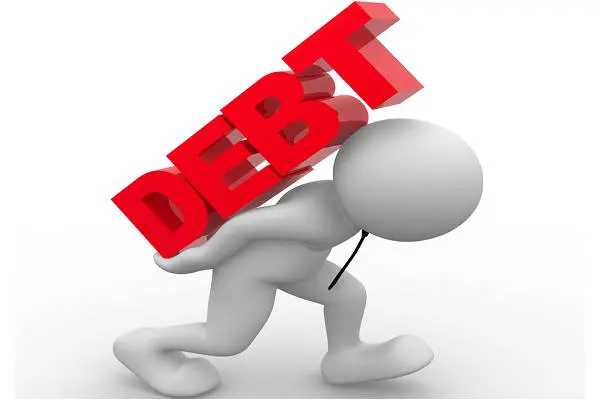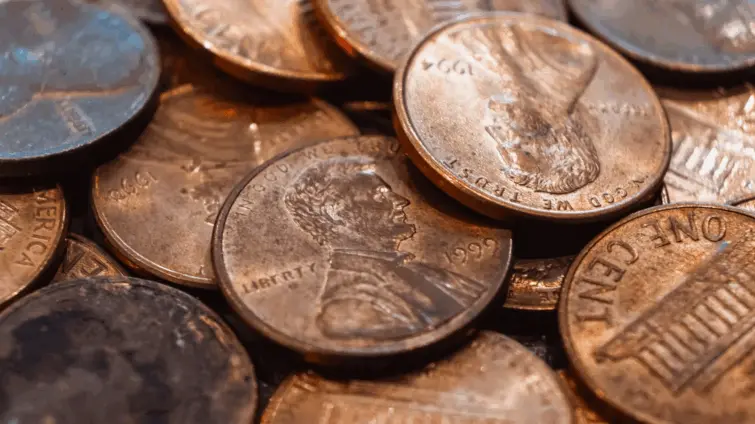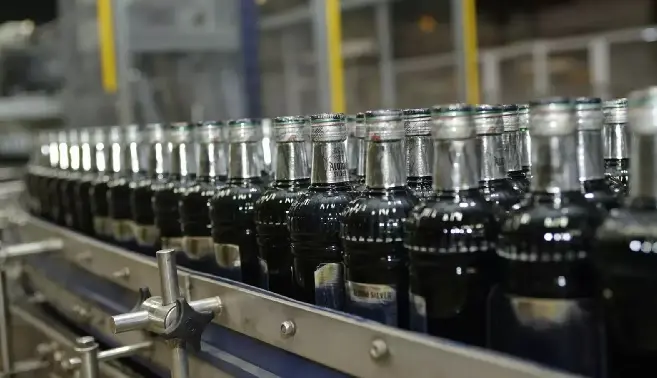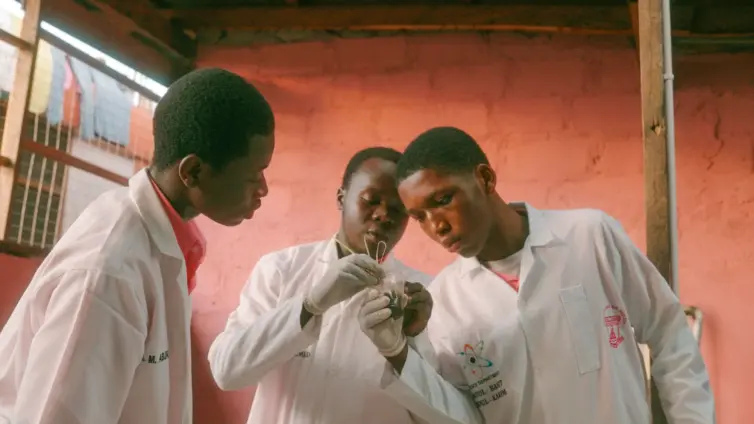Accra, Ghana – In a surprising turn of events, the Ghanaian cedi has staged a notable recovery in 2025, appreciating by approximately 16% against the US dollar. This resurgence has brought about a welcome dip in inflation, offering a glimmer of hope to a nation grappling with economic challenges. However, the reality on the ground paints a more complex picture: despite the cedi’s newfound strength, prices of goods and services remain stubbornly high, leaving many Ghanaians wondering whether this financial victory is truly translating into tangible benefits for their daily lives.
This situation isn’t unprecedented. Ghana has witnessed similar instances where currency appreciation failed to deliver immediate relief to consumers. The crucial question now is: what’s driving this cedi appreciation, and why isn’t it leading to lower prices in the markets and shops across the country? A deeper examination of the factors behind the cedi’s strength, coupled with a look back at historical parallels, is essential. Such analysis is vital for policymakers aiming to implement effective strategies that will not only sustain the cedi’s gains but, more importantly, improve the living standards of the average Ghanaian citizen.
The recent Cedi Appreciation is therefore a paradox, a situation that demands careful consideration and strategic action.
The cedi’s appreciation is underpinned by a confluence of factors, both domestic and global, that have contributed to its newfound strength.
Domestically, several policy reforms have played a pivotal role. One notable initiative is the Gold4Oil/GoldBod program, which has bolstered Ghana’s gold reserves by 40.6% between May 2024 and April 2025. This increase in reserves has not only strengthened the nation’s foreign exchange buffer but also boosted investor confidence in the Ghanaian economy. The requirement that 20% of gold export proceeds be converted into cedis has further supported the local currency.
Fiscal reforms undertaken as part of the International Monetary Fund (IMF) program have also contributed to the cedi’s appreciation. The government’s commitment to enhancing fiscal credibility through measures such as the elimination of the E-levy, the intended abolishment of the COVID-19 levy, and expenditure cuts has been well-received by international financial institutions. This commitment was further validated by the approval of a $3 billion Extended Credit Facility from the IMF and S&P Global Ratings’ upgrade of Ghana’s credit rating to CCC+.
The temporary suspension of debt repayments has provided crucial breathing room for the Ghanaian economy, alleviating pressure on foreign exchange reserves. Furthermore, interventions by the Bank of Ghana, including a $490 million forex injection in April 2025, have helped stabilize the cedi.
Global economic factors have also played a significant role in the cedi’s appreciation. The weakening US dollar, driven by trade tensions and recession concerns, has had a ripple effect on currencies worldwide. The Dollar Index (DXY) has fallen approximately 10% since January 2025, making other currencies, including the cedi, more attractive to investors. Record export prices for key commodities such as gold, which reached $3,400 per ounce, and cocoa, which soared to $10,000 per ton, have significantly increased foreign exchange inflows into Ghana. Additionally, the formalization of mining operations has led to an increase in legally exported gold volumes, further boosting the nation’s foreign exchange earnings.
Despite these positive developments, the question remains: why aren’t these gains translating into lower prices for consumers? The answer lies in a phenomenon known as price stickiness, where prices adjust upward more easily than downward.
Several factors contribute to this price stickiness in Ghana. Business uncertainty plays a significant role, with many businesses hesitant to reduce prices due to uncertainty about the cedi’s sustained strength. The volatility of the currency in recent years has made businesses cautious about making long-term pricing decisions based on the current appreciation. Long-term contracts, such as those for rent, utilities, and wages, are often negotiated during periods of higher inflation, making it difficult for businesses to immediately pass on the benefits of the cedi’s appreciation to consumers. Elevated domestic costs, particularly transportation, electricity, and labor, also contribute to price stickiness. Recent utility tariff hikes and persistently high fuel prices have further complicated the situation.
Inventory cycles also play a role, particularly in import-dependent sectors. Traders are often selling goods purchased when the cedi was weaker, meaning it can take 3-6 months for the effects of the appreciation to filter through to consumer prices. Weaker competitive and regulatory pressures for downward price adjustments also contribute to the problem. While the Ghana Union of Traders has encouraged its members to voluntarily reduce prices, compliance has been uneven. High global commodity prices for essential goods such as rice, wheat, and fuel further exacerbate the situation, limiting the extent to which local prices can be reduced.
“The challenge with currency appreciation is that its impact on consumer prices is not always immediate or straightforward,” notes Dr. Esther Danso, an economist at the University of Ghana. “Businesses need to be confident that the appreciation is sustainable before they start lowering prices, and they also need to factor in other costs that may not have come down.”
To fully understand the current situation, it’s essential to draw lessons from Ghana’s economic history. Past instances of cedi recovery offer valuable insights into the challenges and opportunities that lie ahead.
In 2017, following an IMF bailout and increased oil production, the cedi experienced a period of recovery. While inflation dropped, consumer prices remained stubbornly high, mirroring the current situation. Similarly, the 2007 cedi redenomination initially brought temporary stability but ultimately failed to deliver lasting benefits due to a lack of deeper structural reforms. By 2014, the cedi had depreciated significantly, highlighting the limitations of short-term fixes.
These historical parallels underscore several key policy lessons. Temporary fixes, such as forex interventions and redenomination, are insufficient without comprehensive structural reforms. Domestic cost pressures require direct attention, and active market competition is essential to ensure that the benefits of currency appreciation are passed on to consumers. Economic diversification beyond commodities is critical to reduce Ghana’s vulnerability to global price fluctuations, and managing public expectations through transparent communication is crucial to maintaining confidence in the economy.
Looking ahead, consumers can expect to see gradual price declines in import-heavy sectors over the short term (3-6 months). In the medium term (6-12 months), broader price adjustments are possible, but interest rate cuts must be carefully managed to avoid undermining the cedi’s stability.
To ensure sustainable economic stability, the government must prioritize essential structural reforms. Maintaining fiscal discipline through the implementation of the IMF program is paramount, as is addressing domestic cost pressures by investing in energy and transport infrastructure. Strengthening market competition through effective regulation and diversifying Ghana’s economic base are also critical steps. Finally, enhancing price transparency and local production capacity will help to reduce reliance on imports and promote long-term economic resilience.
The cedi appreciation in 2025 presents both opportunities and risks for Ghana. By learning from its past mistakes and implementing comprehensive structural reforms, Ghana can transition from a reliance on temporary fixes to a path of sustainable economic stability. The ultimate goal is to build a diversified, competitive, and resilient economy that benefits all Ghanaians, not just a select few.
Image Source: MYJOYONLINE




















